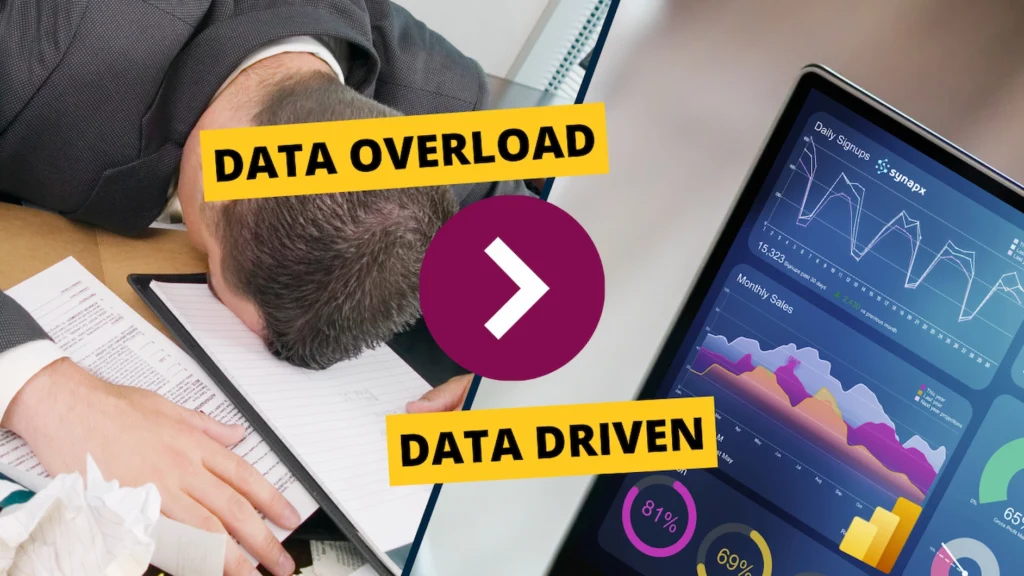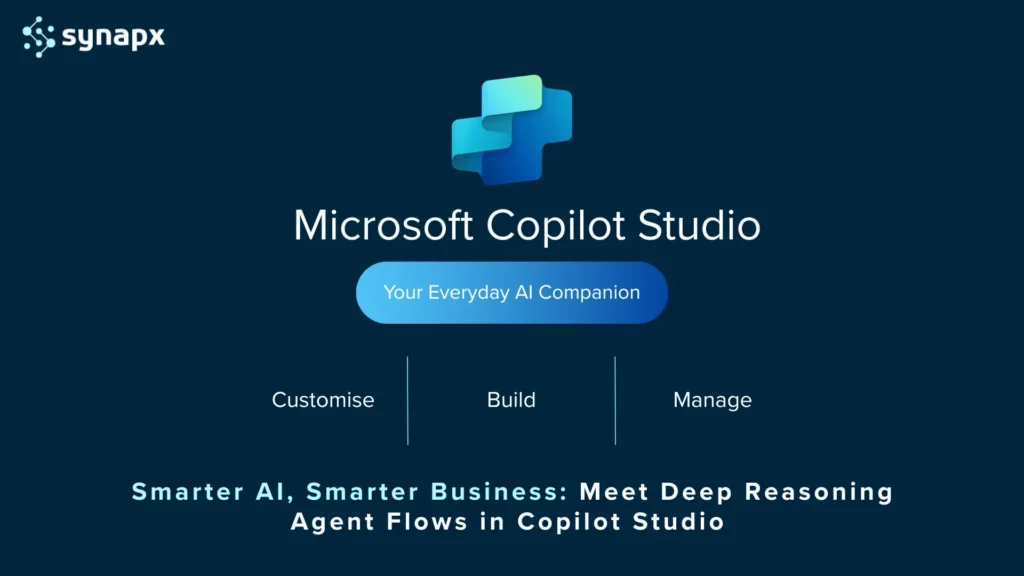The Evolution of Traditional Web Development
Traditional web development has come a long way since the early days of static HTML pages. If you were around in the 1990s, you might recall the clunky, text-heavy websites that took ages to load. Since then, websites have undergone a significant transformation in style, design, and technology.
We’ll look through a quick summary of the journey over the years.
- 1990s: The Foundation
This decade saw the birth of the World Wide Web, with basic HTML and CSS forming the building blocks of early websites. Web pages were primarily static, offering limited interactivity but laying the groundwork for future developments. - 2000s: Introducing Dynamic Capabilities
The new millennium brought with it dynamic scripting languages like PHP and JavaScript to the forefront, alongside the widespread adoption of databases. This combination enabled the creation of interactive websites, e-commerce platforms, and the first generation of social media sites. - 2010s: Mobile Revolution
With the mass adoption of smartphones, responsive design and mobile-first approaches became essential. Web developers faced the challenge of creating sites that functioned seamlessly across a variety of devices and screen sizes, significantly enhancing user experience and accessibility. - 2020s: Advanced Integration
The current decade has introduced Progressive Web Apps (PWAs) and serverless architecture. These technologies are bridging the gap between web and mobile applications, offering offline functionality, instant loading, and improved scalability.
Today’s Web Development Landscape
Modern web development encompasses a diverse range of technologies, each serving specific functions in creating comprehensive web solutions:
Traditional Web Development Technologies:
Front-end:
- HTML5, CSS3: The foundational languages for structuring and styling web content.
- JavaScript Frameworks: Libraries and frameworks such as React, Angular, and Vue.js enhance interactivity and user experience.
Middleware:
- Server-side Scripting Languages: PHP, Python, Ruby, Java, and .NET handle business logic and server-side operations.
- Web Servers: Apache, Nginx, and IIS are commonly used to serve web content and manage requests.
Backend:
- Databases: MySQL, PostgreSQL, MongoDB store and manage data efficiently.
- APIs: RESTful and GraphQL APIs facilitate communication between the front-end and back-end systems.
Content Management Systems:
- WordPress, Drupal, Joomla: These platforms provide frameworks for managing website content, allowing developers to create highly customised, feature-rich web applications tailored to specific business needs.
This three-tier architecture ensures a separation of concerns, enabling developers to build robust and scalable web applications by focusing on each layer’s specific functionality.
The Rise of No-Code and Low-Code Platforms
Alongside traditional methods, we have seen the emergence of numerous no-code and low-code platforms in recent years, democratising web development for non-technical users:
- Wix: User-friendly website builder with drag-and-drop interface
- Squarespace: Known for sleek designs and e-commerce capabilities
- Webflow: Offers advanced design control, bridging no-code and traditional development
- Microsoft Power Pages: Enables creation of data-driven, business-centric websites
These new platforms offer several advantages:
- Rapid deployment
- Lower technical barriers
- Potential cost-effectiveness
- Built-in integrations with business tools
However, they may have limitations in customisation and scalability compared to traditional methods.
This diverse ecosystem of web creation tools offers great flexibility allowing businesses to choose the approach that best fits their specific needs, resources, and goals.
As specialists in Microsoft Power Platform solutions, we recognise Power Pages’ unique value, particularly within the Microsoft ecosystem.
In the following sections, we’ll explore Microsoft Power Pages in detail and compare it with traditional web development, helping you navigate this complex landscape and make an informed decision for your web development needs.
Microsoft Power Pages: An Overview
Microsoft Power Pages is a secure, enterprise-grade, low-code software as a service (SaaS) platform. Released in May 2022, it is one of the latest additions to the Microsoft Power Platform Suite. Power Pages evolved from Power Apps portals, building on its predecessor’s capabilities to offer a more comprehensive low-code website development solution for modern, data-driven, business-centric websites.
Key features and capabilities of Power Pages include:
- Visual Design Tools: Power Pages offers a drag-and-drop interface and WYSIWYG (What You See Is What You Get) editor, allowing users to design pages visually without extensive coding knowledge.
- Templates and Styles: The platform provides a range of pre-built templates and design styles, accelerating the development process while ensuring professional-looking results.
- Data Integration: As part of the Power Platform, Power Pages seamlessly integrates with Dataverse, allowing easy creation of data-driven websites.
- Security and Authentication: Built-in security features include row-level security and integration with Azure Active Directory for robust user authentication.
- Customisation Options: While primarily a low-code platform, Power Pages supports custom code injection, allowing developers to extend functionality using HTML, CSS, and JavaScript.
- Multilingual Support: The platform offers built-in tools for creating multilingual websites, catering to global audiences.
Integrations and Technologies:
Power Pages leverages several Microsoft technologies and offers various integrations:
- Microsoft Dataverse: This is the core data platform that allows for the easy creation of data-driven websites. It integrates seamlessly with Dynamics tools and custom solutions, enabling smooth and efficient data management.
- Power Platform Connectors: Enables integration with hundreds of data sources and services, both Microsoft and third-party.
- Azure Active Directory (Entra ID): For user authentication and access management, including B2C Active Directories.
- Microsoft 365: Seamless integration with tools like SharePoint, Teams, and Office applications.
- Azure DevOps: Advanced developer tool for source control and deployment management.
- Visual Studio Code: Advanced developer tool that supports development and customisation using familiar coding tools.
- Power Platform CLI: Advanced developer tool with a command-line interface for complex development scenarios.
Target Users and Use Cases:
Power Pages caters to a wide range of users, including:
- Citizen developers with limited coding experience
- Professional developers looking for rapid development options
Typical use cases include:
- Customer self-service portals
- Partner relationship management sites
- Employee hubs and intranets
- Public-facing informational websites
- Event registration systems
- Simple e-commerce solutions
Power Pages aims to bridge the gap between no-code platforms and traditional web development, offering a balance of ease-of-use and customisation. It’s particularly well-suited for organisations already invested in the Microsoft ecosystem, as it leverages existing data and security models.
As we compare Power Pages with traditional web development in the following sections, we’ll explore how these features and capabilities stack up against more conventional approaches, helping you determine which method best suits your specific needs and resources.
Comparing Power Pages and Traditional Web Development
When deciding between Microsoft Power Pages and traditional web development, it’s essential to consider several key factors:
Development Speed and Efficiency
| Power Pages | Traditional Web Development |
| Rapid prototyping and deployment | Longer development cycles, especially for complex projects |
| Pre-built components and templates | Greater control and flexibility over the process and development approach |
Customisation and Flexibility
| Power Pages | Traditional Web Development |
| Good customisation within the platform’s framework | Unlimited customisation options |
| Limitations for highly specialised functionalities | Ability to build unique features from scratch |
Scalability and Performance
Both approaches can deliver scalable solutions, but they differ in implementation:
| Power Pages | Traditional Web Development |
| Leverages Microsoft’s robust infrastructure | Allows for fine-tuned optimisation |
| Automatic scaling and load balancing | Requires manual implementation of scaling solutions depending on the chosen architecture and hosting solution |
| Performance optimised for common business scenarios |
Security and Compliance
| Power Pages | Traditional Web Development |
| Built-in security features and compliance certifications (e.g., GDPR, HIPAA) | Security measures must be implemented and maintained manually. |
| Regular updates managed by Microsoft | Compliance depends on development practices and chosen technologies |
| Flexibility to meet specific compliance requirements |
Integration Capabilities
| Power Pages | Traditional Web Development |
| Seamless integration with Microsoft ecosystem and services | Can integrate with any service or API with custom development |
| Pre-built connectors for popular third-party apps | Requires more complex implementation |
| Integration complexity varies based on the target system |
Cost Considerations
| Power Pages | Traditional Web Development |
| Predictable licensing costs based on usage | Costs vary widely based on complexity, technology, and developer rates |
| Potentially lower initial development costs | Higher initial costs, but potentially lower long-term costs for complex projects |
Learning Curve and Skill Requirements
| Power Pages | Traditional Web Development |
| Shorter learning curve for basic functionality | Steeper learning curve |
| Suitable for citizen developers and business users | Requires extensive technical knowledge for robust implementations |
Choosing the Right Approach
Consider these factors when deciding between Power Pages and traditional web development:
- Project complexity
- Timeline
- Budget
- Existing technology stack
- In-house skills
- Long-term maintenance requirements
The Future of Web Development
As businesses prioritise digital transformation, the demand for efficient web development solutions is growing. Power Pages represents a step towards democratising web development, while traditional methods remain crucial for pushing technological boundaries.
Conclusion
Both Power Pages and traditional web development have their place in the modern digital landscape. Power Pages offers rapid deployment and ease of use, particularly within the Microsoft ecosystem. Traditional web development provides unparalleled flexibility and customisation options.
Ready to transform your web presence? Our expert consultants specialise in both Microsoft Power Platform solutions and traditional web development. We’ll help you choose and implement the best approach for your unique needs.
Contact us today for a free consultation and take the first step towards your ideal web solution!



